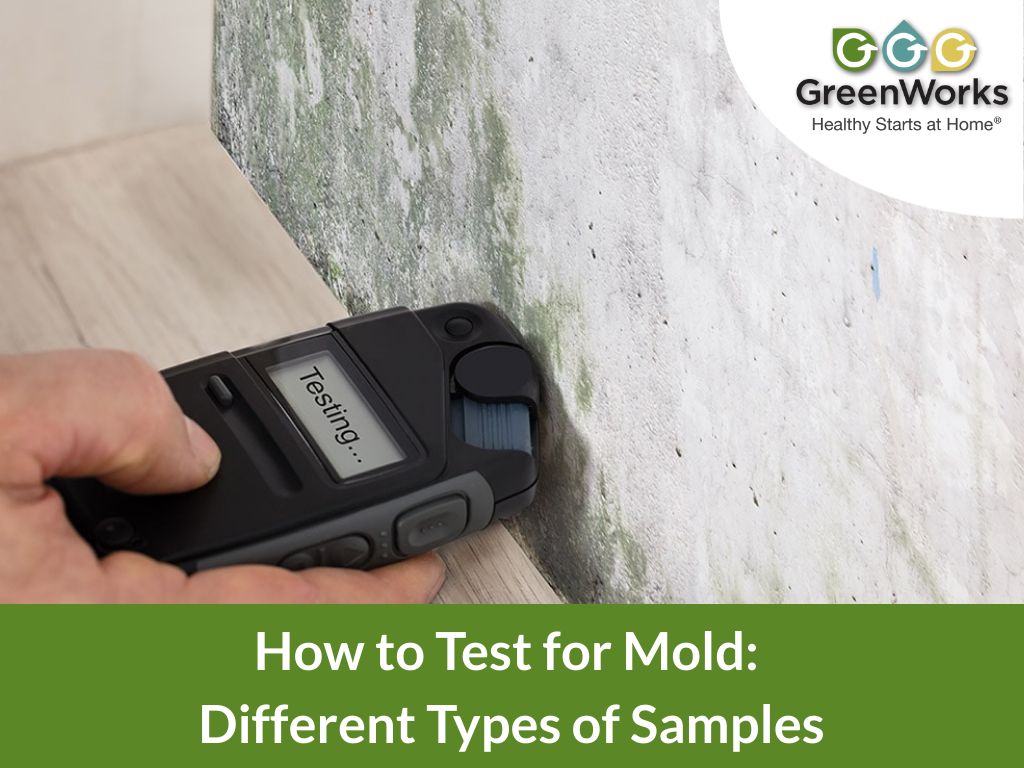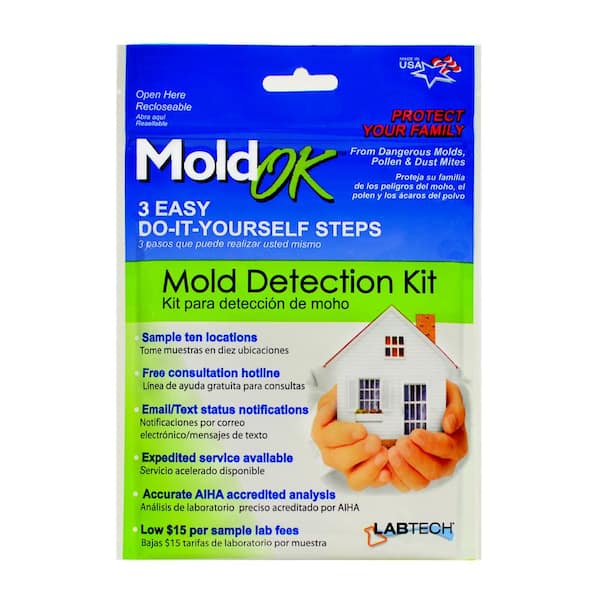Mycotoxin testing Services: A Secret Element in Danger Administration Techniques
Mycotoxin testing Services: A Secret Element in Danger Administration Techniques
Blog Article
Exactly How Mycotoxin Testing Assists Protect Against Contamination and Guard Food Supplies

Mycotoxin screening is an important technique in the food industry, offering as a frontline protection against contamination by dangerous toxins created by mold and mildews. Through the application of advanced strategies like High-Performance Liquid Chromatography (HPLC) and Liquid Chromatography-Mass Spectrometry (LC-MS), food producers can properly spot and measure mycotoxin degrees in farming products.
Recognizing Mycotoxins
Recognizing mycotoxins begins with acknowledging that they are harmful additional metabolites created by particular mold and mildews, which can infect farming items. These metabolites are not essential for the development or reproduction of the fungi but can have severe effects for human and animal health and wellness. Mycotoxins are frequently found in staple crops such as corn, wheat, barley, and nuts, where they can proliferate under particular problems of moisture and temperature.
There are numerous kinds of mycotoxins, each produced by various fungal types. Fusarium species generate trichothecenes and fumonisins, both of which are linked with different acute and persistent health concerns.

Threats of Mycotoxin Contamination
The dangers of mycotoxin contamination are multifaceted, presenting significant hazards to both food security and public health. Mycotoxins, hazardous compounds created by certain types of fungis, can pollute a vast variety of farming products consisting of cereals, nuts, flavors, dried out fruits, and coffee.
Economic influences are another major problem. Polluted plants can result in considerable financial losses for farmers and food manufacturers due to minimized returns and the need for expensive purification steps. International trade can be dramatically hindered as countries implement rigorous mycotoxin regulations to safeguard their populations, leading to turned down deliveries and strained profession relationships.
Environmental aspects such as environment adjustment exacerbate the risk of mycotoxin contamination. Variations in temperature level and humidity can develop positive problems for fungal development, enhancing the likelihood of contamination occasions. Thus, understanding and minimizing these threats are crucial for making sure the safety and integrity of international food supplies.
Techniques of Mycotoxin Checking
Precisely recognizing mycotoxin contamination in farming products is vital for guarding public health and wellness and keeping food security criteria. Different approaches are employed to spot and quantify mycotoxins, each offering specific advantages and constraints.
High-Performance Fluid Chromatography (HPLC) is an extensively made use of approach due to its high sensitivity and accuracy. It includes separating mycotoxins from other substances in an example, allowing precise quantification. Fluid Chromatography-Mass Spectrometry (LC-MS) integrates fluid chromatography with mass spectrometry to supply comprehensive molecular details, making it especially useful for recognizing several mycotoxins simultaneously.

Gas Chromatography-Mass Spectrometry (GC-MS) and Thin-Layer Chromatography (TLC) are also employed, each with unique applications. GC-MS is effective for volatile mycotoxins, while TLC supplies a less complex, cost-efficient choice for initial testing.
Benefits of Regular Testing
Normal screening for mycotoxins in agricultural products offers numerous advantages, substantially adding to public health and food safety. By recognizing contamination early, normal testing helps protect against the circulation of basics harmful foods, thus reducing the threat of mycotoxin-related ailments amongst consumers. This proactive strategy not look at this site only safeguards human health yet likewise enhances the total high quality of food supplies.
Regular testing also sustains regulatory conformity. Different nations and regions have actually developed stringent restrictions for mycotoxin levels in food and feed. Complying with these limitations via routine testing makes sure that vendors and producers satisfy legal criteria, thus staying clear of charges and profession barriers. Preserving compliance promotes customer trust and brand name reputation, which are important for market success.
Furthermore, normal mycotoxin testing can result in considerable financial advantages. Early discovery of contamination allows for timely intervention, minimizing possible losses from prevalent contamination. Implementing regular testing protocols can likewise lessen recall expenses and relevant responsibilities, which can be monetarily ruining.
Furthermore, regular testing provides valuable data that can inform better agricultural practices and storage space problems. By recognizing patterns of contamination, manufacturers can take on safety nets, therefore adding and minimizing future dangers to the sustainability of the food supply chain.
Carrying Out Evaluating Procedures
Executing effective mycotoxin testing protocols is essential for guaranteeing the safety and quality of agricultural products. Establishing a durable testing framework involves numerous crucial steps, starting with the recognition of prospective contamination points within the manufacturing and supply chain. This consists of pre-harvest, post-harvest, storage, and circulation phases. Each phase has to be inspected to pinpoint where mycotoxin contamination is more than likely to happen.
As soon as vital control points are determined, selecting ideal testing approaches is vital. Common methods consist of enzyme-linked immunosorbent assay (ELISA), high-performance liquid chromatography (HPLC), and mass spectrometry (MS) Each approach has its staminas and weak points; thus, selecting the correct one depends upon the specific mycotoxin being checked, the called for sensitivity, and readily available resources.

Finally, integrating the screening procedures right into a detailed food security monitoring system is a good idea. This enhances traceability and makes it possible for quick corrective activities when contamination is spotted, thereby securing the integrity of the food supply chain.
Verdict
Mycotoxin testing is essential in protecting against contamination and protecting food supplies by making it possible for early discovery of harmful toxic substances This Site produced by mold and mildews in farming products. Advanced approaches such as HPLC and LC-MS guarantee conformity with safety laws and safeguard customers from health dangers. Normal testing improves brand name reputation, monetary security, and count on food security by decreasing contamination-related losses and maintaining high standards in food manufacturing. Carrying out rigorous testing methods is thus critical for the industry's general wellness.
Mycotoxin screening is an indispensable practice in the food industry, serving as a frontline protection versus contamination by unsafe contaminants generated by mold and mildews. An incorporated technique including agricultural methods, storage management, and normal screening can alleviate the dangers connected with mycotoxin contamination, guaranteeing food safety and public health.
The threats of mycotoxin contamination are complex, presenting considerable risks to both food safety and public health.Normal screening for mycotoxins in agricultural products supplies many benefits, considerably contributing to public wellness and food security.Mycotoxin testing is crucial in protecting against contamination and securing food supplies by making it possible for early detection of unsafe toxic substances produced by mold and mildews in agricultural items.
Report this page